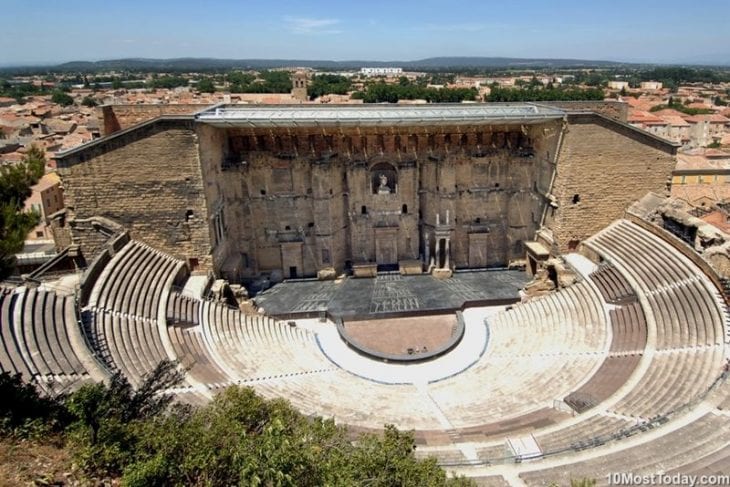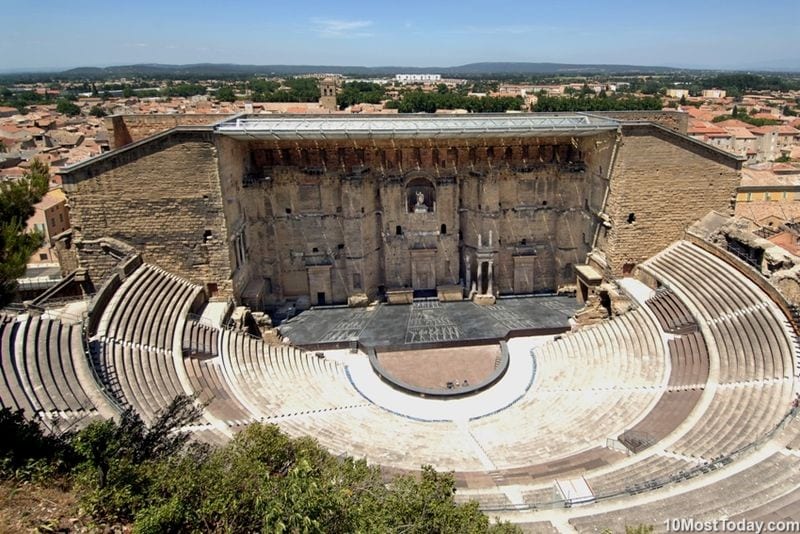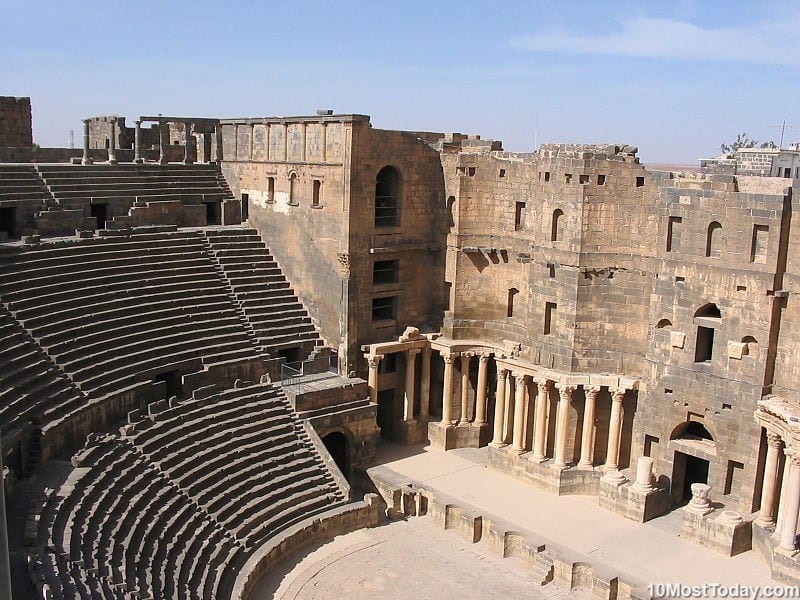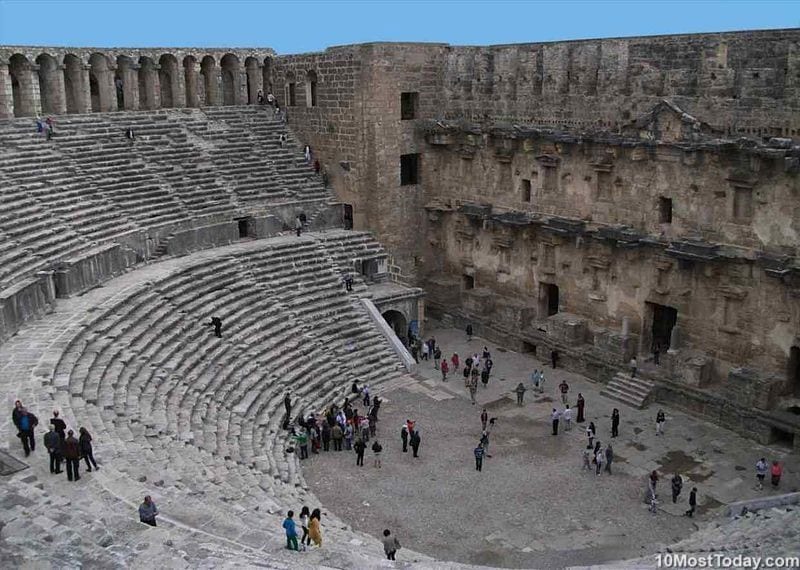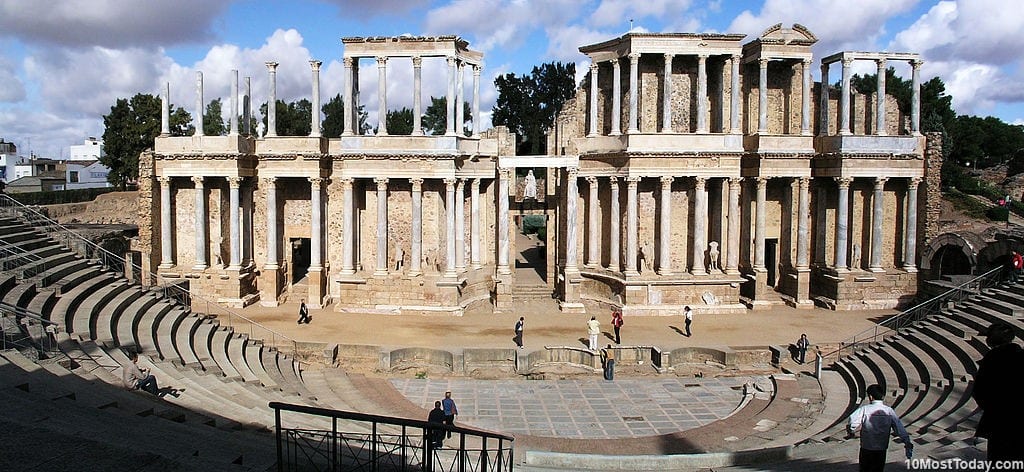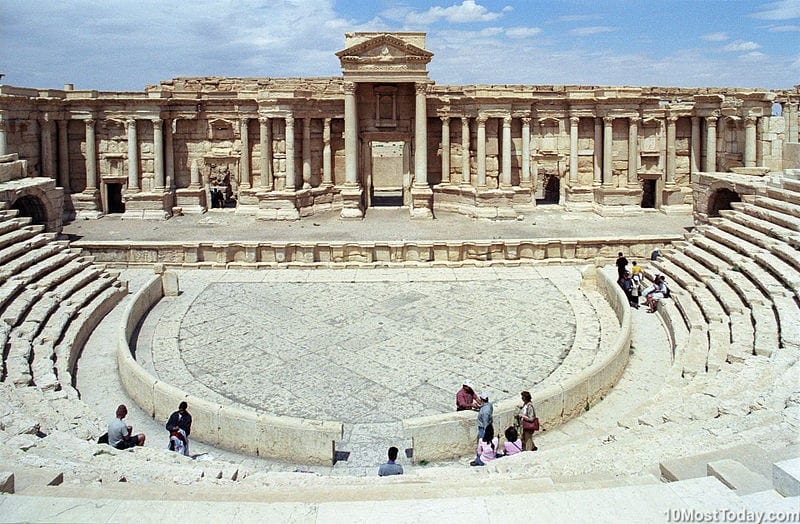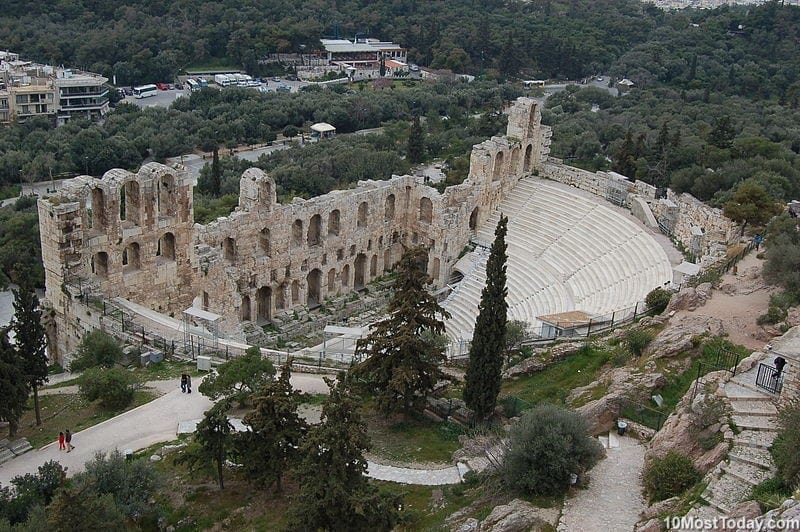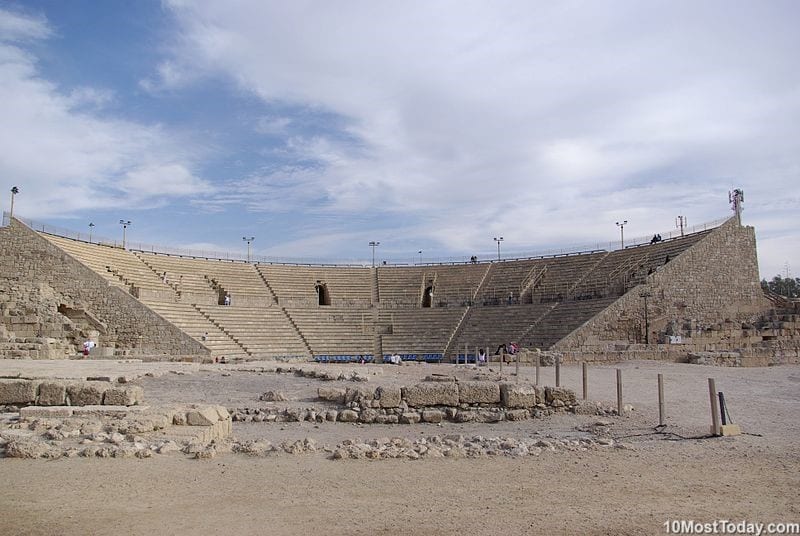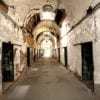After listing the most beautiful Roman amphitheaters (which are full circular structures), it’s now time to list the most beautiful Roman theaters – the semi circular structures with large stage in front. Much like the amphitheaters, the Roman theaters were built all over the Roman empire and can still be seen today all over Europe and the Middle East – some are still in use for concerts today! The architecture of the all the Roman theaters is derived from the theater of Pompey – the first Roman theater, which in turn is influenced by the ancient Greek theaters
1. Ancient Theater of Orange, Orange, France
Located in the Roman colony of Arausio, today’s Orange in Southern France, this beautiful theater is one of the best preserved Roman theaters. It was built in the early 1st century AD, and despite being built around 2,000 years ago – it is still used today for opera performances during the Summers. The theater has been declared a UNESCO World Heritage Site
2. Roman theater of Bosra, Bosra, Syria
Built during the 2nd century AD, the Roman theater at Bosra is one of the best preserved in the entire Middle East and one of the largest theaters built by the Romans, capable of holding at much as 15,000 spectators. Today the theater is used during the Bosra Festival, a national music festival
3. Roman Theater of Amman, Amman, Jordan
Built in the second century AD, this beautifully preserved Roman theater could hold up to 6,000 spectators
4. Aspendos Theater, near Antalya, Turkey
Aspendos was an ancient Greco-Roman city, located about 40 km east of the modern day Antalya. The ancient city is most famous for the well preserved theater. Today the theater is used for performances during the Aspendos International Opera and Ballet Festival and can hold up to 10,000 spectators
5. Theater of Emerita Augusta, Mérida, Spain
Built in the Roman city of Emerita Augusta, current day Mérida, this theater was built in the years 16-15 BCE. The theater is part of the archaeological ensemble of Mérida (like the Miraculous Aqueduct of Mérida), a UNESCO World Heritage Site and one of the largest archaeological sites in Spain. Today, besides being an archeological attraction, the theater is used for performances during the Mérida Classical Theater Festival
6. Roman Theater at Palmyra, the Syrian desert, Syria
Palmyra was an ancient and important city in the Syrian desert. It is located in an oasis 215 km (134 mi) northeast of Damascus. The theater of the city was built in the 2nd century AD. In modern times the theater was restored and today it is used for performances during the annual Palmyra festival
7. Theater of Sabratha, Sabratha, Libya
Sabratha lies on the Mediterranean, about 66 km (41 mi) west of Tripoli. The theater was built in the 2nd century AD and has a capacity of 5,000 spectators
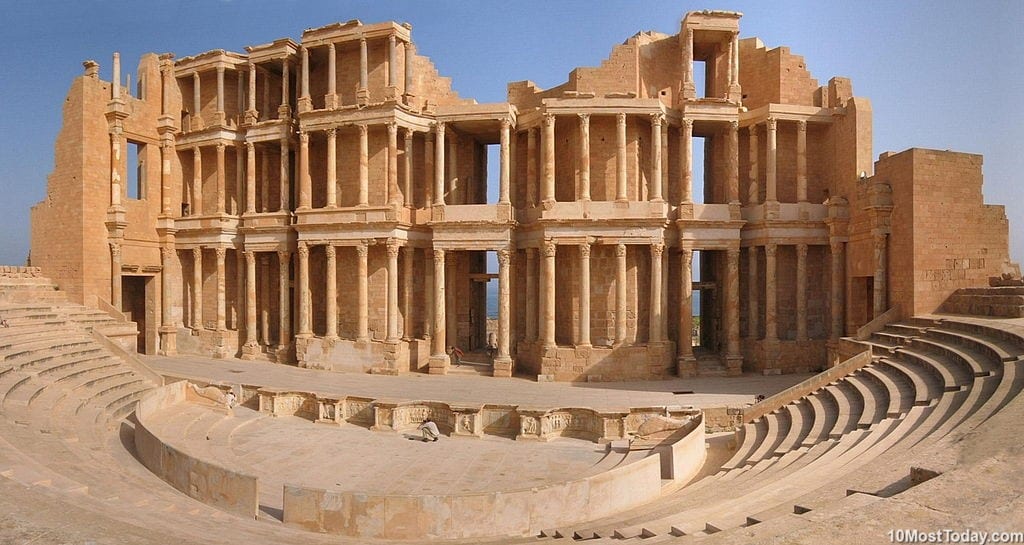
Most Beautiful Roman Theaters: Theater of Sabratha (source: duimdog@flickr)
8. Odeon of Herodes Atticus, Athens, Greece
Built in the 2nd century AD on the southwest slope of the Acropolis of Athens. The theater has a capacity of 5,000 and it is still used today for concerts
9. Theater of Caesarea Maritima, Caesarea, Israel
Caesarea Maritima was a city on the Mediterranean sea built in the first century A.D. by Herod the Great, who named it to honor his patron, Augustus Caesar. The ruins from the Roman (and later Crusader) periods are framed by stunning sea views, and the restored ancient Roman theater that faces the Mediterranean is used for concerts during the summer. Caesarea is among Israel’s most wonderful archaeological sites and one of its top tourist attractions
10. Dougga Theater, Dougga, Tunisia
Dougga is an ancient Roman city in northern Tunisia. The theater was built during the 2nd century AD, and despite being built in a city of only 5,000 residents – the theater could hold as much as 3,500 spectators. The view from the theater on the surrounding area is wonderful, and the theater is still used today for performances of classic theater, especially during the festival of Dougga
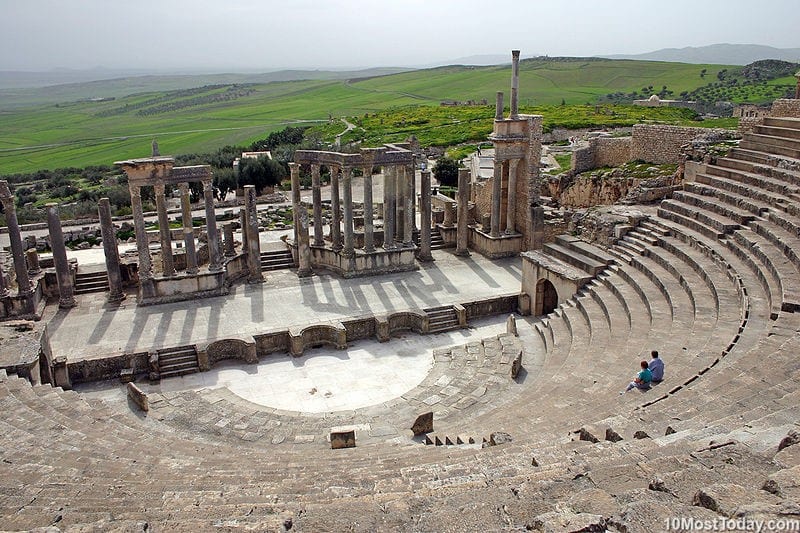
Most Beautiful Roman Theaters: Dougga Theater (source: Tony Hisgett @ flickr)

